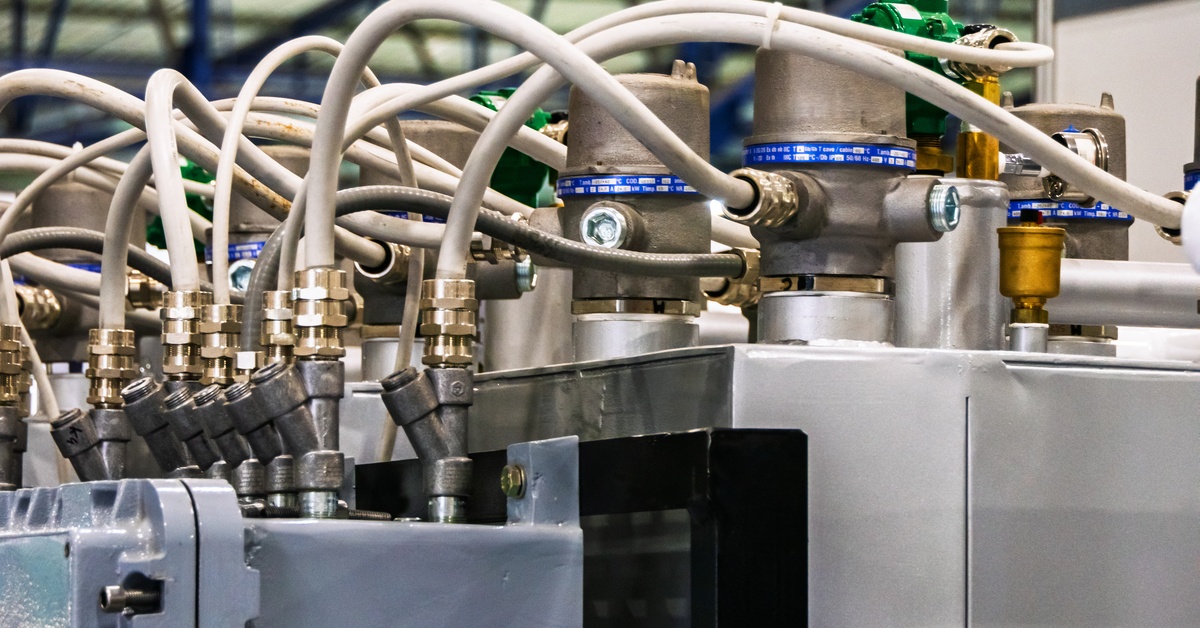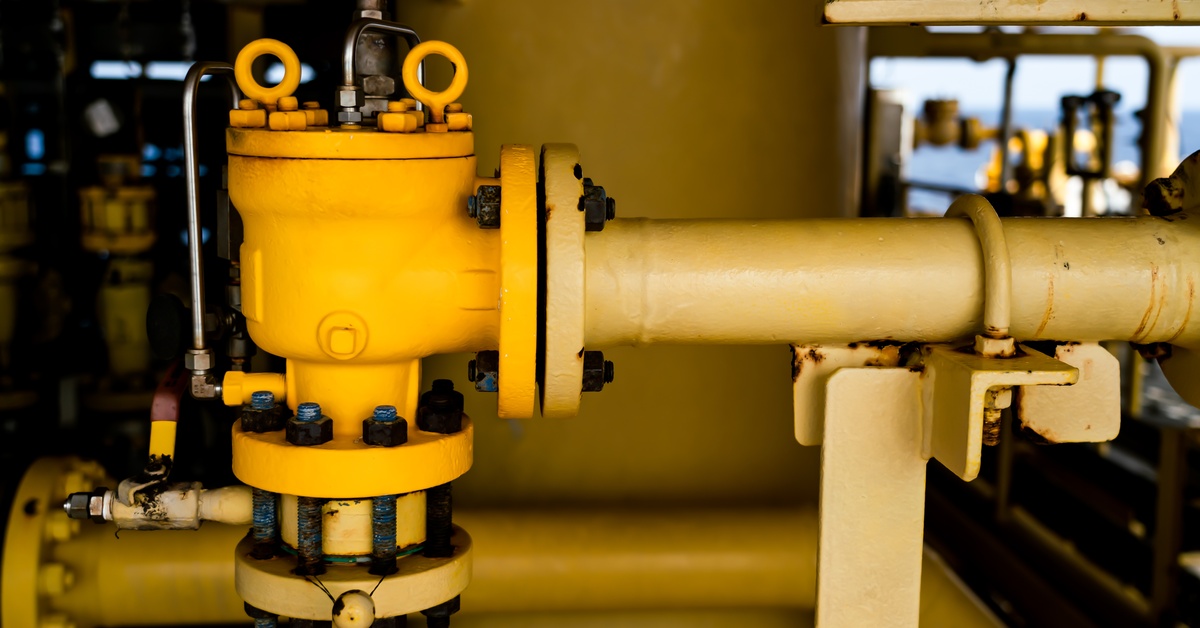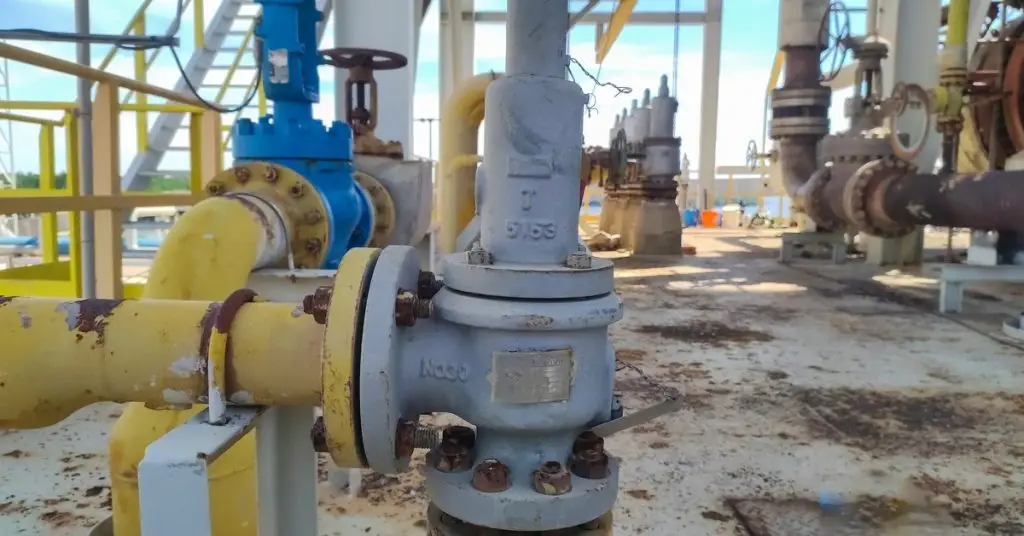Pressure and vacuum relief valves play an important role in tank truck operations. These components preserve the tank’s structural integrity, prevent leaks, and uphold safety and regulatory compliance.
As fleet managers and tank truck operators know, a small pressure or vacuum relief valve malfunction can lead to significant hazards, cause costly downtime, and risk noncompliance with strict industry regulations. This guide provides insights on identifying faulty pressure and vacuum relief valves, maintaining their effectiveness, and remaining confident in your tank fleet’s operational reliability.
What Are Pressure Relief Valves?
Pressure relief valves open at a precise setpoint. The US Department of Transportation has set standards regarding every aspect of tank design and aftercare maintenance—standards that must be followed. Girard designs valves to withstand the rigors of the road, but sometimes, these valves need repairs. A pressure relief vent is a fairly simple yet essential device that contains a spring that holds down a disc or plate with enough force to operate at a predetermined pressure exerting outward against said disc or plate. The momentary opening of the disc or plate relieves excess internal pressure, thus shielding the tank from over-pressurization events, which might result from temperature changes, product expansion, or blockages.
A typical relief valve is a spring-loaded mechanism that remains closed under normal pressure conditions. When the internal tank pressure exceeds the spring’s threshold, the valve opens briefly, disperses excess gas or vapor, and resets after restoring equilibrium.
The Role of Pressure and Vacuum Relief Valves
In the case of DOT407 tanks, the requirement is to have both pressure and vacuum relief valves, whether they are “stand-alone” or reincorporated into one valve. Both pressure and vacuum relief valves are critical safety measures in transporting bulk liquids. When vacuum conditions form due to cooling or unloading, vacuum relief valves allow air to enter, preventing tank collapse.
Regulatory bodies, such as the Department of Transportation (DOT), require these safety devices, specifying performance criteria and an inspection schedule. The consequence of violating these requirements isn’t limited to legal fines. Compromised tank safety risks product loss, environmental contamination, and personnel injury.

How To Recognize the Signs of Pressure Relief Valve Failure
A faulty pressure relief valve can fail to open or close, leak, or actuate at incorrect setpoints. The warning signs include:
- Hissing or venting under low-pressure conditions. This signals that a valve is stuck open or leaking. You can usually determine this by looking at a pressure gauge that communicates with the vapor space within the tank itself.
- Bulging or deformed tank heads, which indicate that overpressure protection isn’t engaged. If the tank is visually deformed, it probably needs to be taken out of service and looked at by a professional repair technician in this field of work.
- Difficulty maintaining tank pressure during operation.
- Noticeable product loss near the valve mount.
Continually monitoring these symptoms supports proactive valve maintenance and prevents catastrophic tank failures.
What Are the Benefits of “Stand-Alone” Vacuum Relief Valves?
Vacuum relief valves protect tanks against the dangers of negative pressure. When a tank empties quickly or cools down after filling up with a warm liquid, the internal pressure drops, risking implosion. To counter this, vacuum relief valves open at a set vacuum level, admitting ambient air and restoring pressure balance.
Vacuum is another silent killer when it comes to tank trailers. It doesn’t take much for a tank to implode. A properly working magnetic vacuum breaker is the best chance of saving a tank from any catastrophic failures, and the rule of thumb is: “the bigger, the better.” Many DOT407 pressure vents that relieve positive pressure also have a small, built-in vacuum section that will react to small changes in negative pressure (vacuum). These smaller vacuum sections, especially the ones made by Girard Equipment, can provide impressive flow, but if the vacuum section is clogged or in disrepair, the tank could still implode.
Girard Vacuum Breakers for DOT407 Tank Trailers use spring-loaded mechanisms, similar to pressure relief valves, but they operate in response to negative differentials or vacuum rather than positive pressure differentials.
How To Recognize the Signs of Vacuum Relief Valve Failure
A malfunctioning vacuum relief valve frequently manifests as:
- Inability to keep any pressure in the tank, which indicates that the vacuum breaker is malfunctioning and allowing air or pressure to escape.
- Audible popping or cracking noises from the vacuum breaker.
- Unusual resistance or jamming when manually operating the valve stem.
- Visual signs of corrosion or debris obstructing the air opening.
Constant vigilance for these warning signs enables operators to intervene before tank damage or product spoilage can occur.
Top Ways To Identify Faulty Relief Valves
Visual Inspection Procedures
Routine and careful inspection remains the first line of defense against valve failure. Key steps include:
- Inspect valve housings for corrosion, pitting, or cracks.
- Examine valve seats and seals for debris accumulation or chemical degradation.
- Check springs for fatigue or uneven wear.
- Follow manufacturer guidelines in repairing and retesting these valves, using genuine Girard Equipment replacement parts.
Even if the relief valve is operational, a visually compromised valve may deliver unpredictable performance, which is dangerous and warrants repair..
Functional Testing Methods
Functional testing verifies valve setpoints and sealing capability. Techniques include:
- Bench-test each valve against calibrated test equipment to confirm opening and closing pressures. Girard sells an industry-accepted test box with calibrated digital gauges to alert the technician that the valve has be reset to factory-like conditions.
- Leak testing under low pressure and vacuum to detect micro-leaks that aren’t visible to the naked eye. Believe it or not, low pressure leaks are more prevalent in vacuum breakers because higher pressure pushes the poppet mechanism that is actuated against the valve body to prevent the tank from being open to normal atmospheric conditions.
- Recording all test results for regulatory audit and ongoing trend analysis are vital and also required by the US DOT.
Fleet managers benefit by scheduling these tests during regular maintenance intervals or whenever there is suspicion of compromised performance.

The Causes of Relief Valve Failure
Some of the same factors that can cause a vacuum breaker to degrade also affect the pressure side of the vent. Environmental conditions along with exposure to harsh chemicals and operational wear drive most valve failures. Important factors include:
- Environmental contaminants, including dust, road salt, and chemical splashes, can cause corrosion and debris buildup.
- Repeated heating and cooling accelerate metal fatigue and gasket failure.
- Mishandling during tank cleaning, valve installation, or transfer operations may bend stems or damage the housings.
- Springs, seals, and soft seats naturally degrade over periods of extended use.
Awareness of these causes empowers operators to anticipate failure points and adopt preventative practices.
Prevention and Maintenance Best Practices
Establish Regular Inspection Schedules
Implement a documented inspection schedule that aligns with manufacturer guidelines and regulatory mandates. Be sure to conduct:
- A visual and tactile inspection at every cargo cycle.
- Functional bench testing at least annually, or more frequently for high-use tanks.
- An immediate inspection after any incident of tank overpressure, vacuum event, or after exposure to aggressive chemicals.
Records of inspection, testing, and replacement foster accountability and ease regulatory reviews. Many companies in the tank trailer industry can help carriers get into compliance and train on properly completing repairs.
Follow Cleaning and Replacement Guidelines
Valve longevity depends on rigorous cleaning and timely part replacement. Operators should:
- Clean all external surfaces and valve stems after every load.
- Remove and flush valves if any contamination is observed.
- Replace gaskets and seals at the interval recommended by the manufacturer.
- Swap out the full valve unit when an inspection or test uncovers corrosion, cracks, or function outside tolerance.
Employ only original equipment manufacturer (OEM) parts and follow established torque values when reinstalling components.
Regulatory Compliance and Industry Standards
Navigating DOT407 and Related Standards
The Department of Transportation outlines strict requirements for tank truck relief valves, with DOT407 emerging as the primary code. This sets minimum standards for MAWP, valve type, installation method, testing frequency, and record-keeping. International and state-level bodies may impose additional codes, requiring operators to maintain awareness and ensure all hardware, including pressure and vacuum relief valves, has current certification labels.
Importance of Consistent Compliance
Noncompliance results in more than just financial penalties. It erodes operational credibility, increases the risk of safety incidents, and could jeopardize transport permits or move contracts to competitors. Adhering to standards protects the tank’s cargo and your business reputation.
Ensure the Safety and Reliability of Your Fleet
Tank truck operators and fleet managers bear significant responsibility for system safety, product integrity, and regulatory compliance. Identifying faulty pressure and vacuum relief valves and promptly replacing them eliminates costly risks while supporting an efficient operation.
Girard Equipment offers a full line of DOT-approved pressure vacuum relief valves designed for the rigors of tank truck service. Our products deliver proven reliability and uncompromising safety performance on the job, underscored by rigorous manufacturing standards and decades of experience serving the tank transport industry. Explore Girard Equipment’s pressure vacuum relief valves today and secure your fleet’s safety and regulatory compliance.

